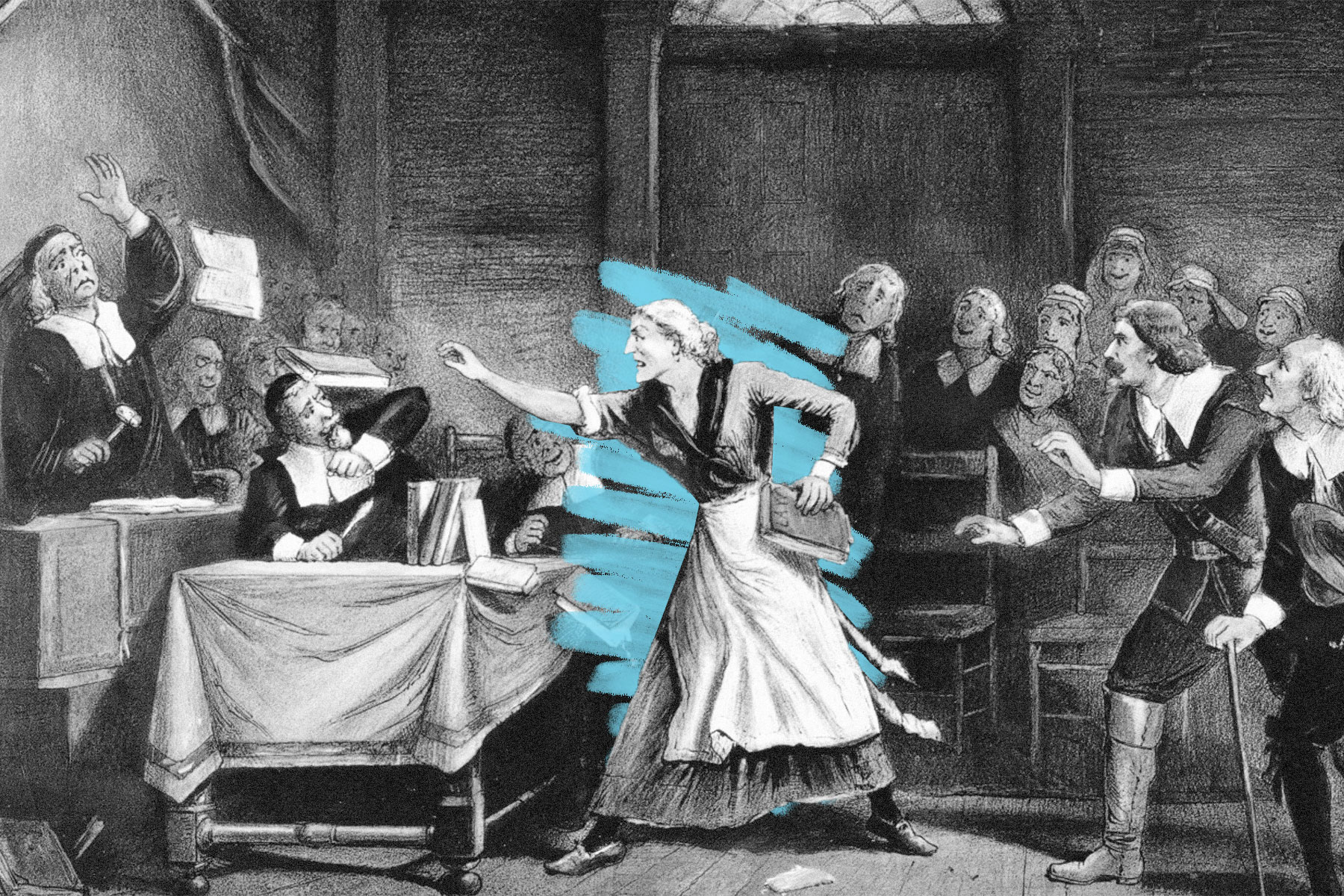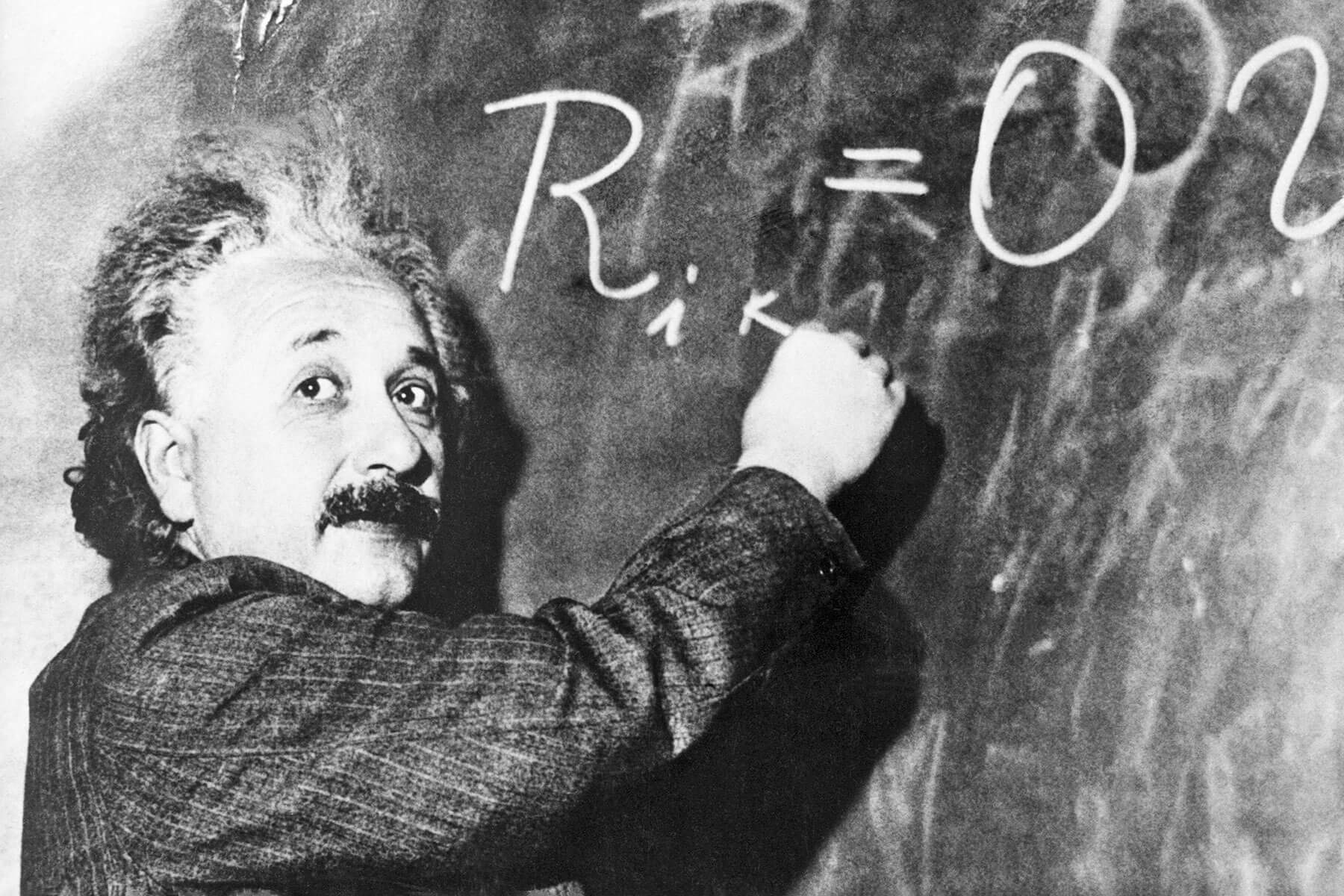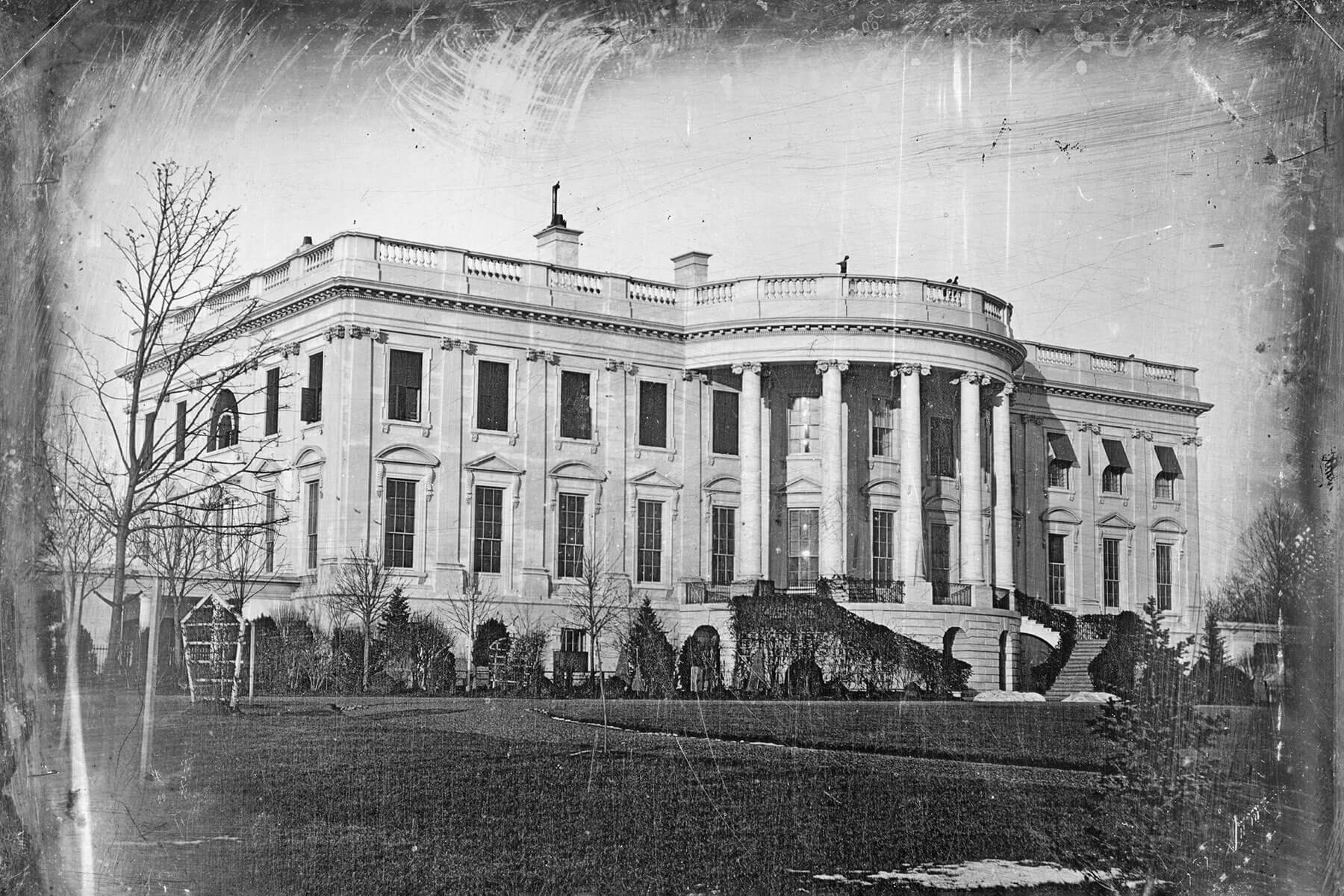| I n the woods of Salem, Massachusetts, there is a summit called Gallows Hill, where the darkest days of the town's history occurred. Here, nearly 20 people lost their lives by execution after being accused of witchcraft during the infamous Salem witch hunts of 1692 and 1693. One of the accused, a 22-year-old woman named Elizabeth Johnson Jr., was pardoned from execution but not cleared of charges until 2022, leaving her name sullied for more than three centuries. |
|
| Toward the end of the witch-hunting frenzy, the governor began sparing the accused from execution, including Johnson. In 1711, colonial Massachusetts lawmakers passed an act that reversed the witchcraft convictions of 22 individuals, but Johnson's name wasn't among them. She petitioned to have hers added, and it is unclear why she was left out. Legislation clearing additional names continued to trickle in over the decades, as recently as 1957 and 2001, but Johnson was never listed. Finally, in 2021, students at North Andover Middle School (in the town adjacent to Salem) learned about the matter in class and urged their teacher to take action. The teacher alerted state Senator Diana DiZoglio, who sponsored an amendment to clear Johnson's name. On May 26, 2022, 329 years after she was wrongly accused, Elizabeth Johnson Jr. was finally exonerated, making her the last known person convicted of witchcraft in Salem to be cleared of the charges. |













No comments:
Post a Comment